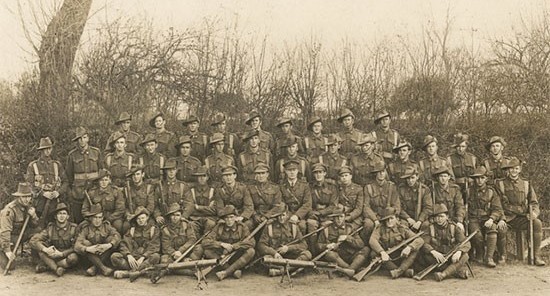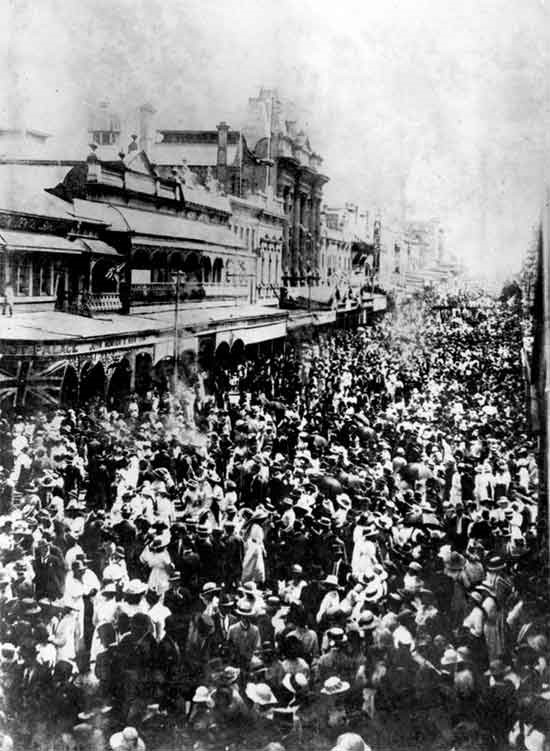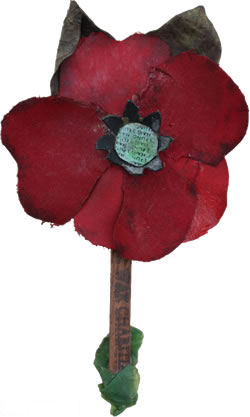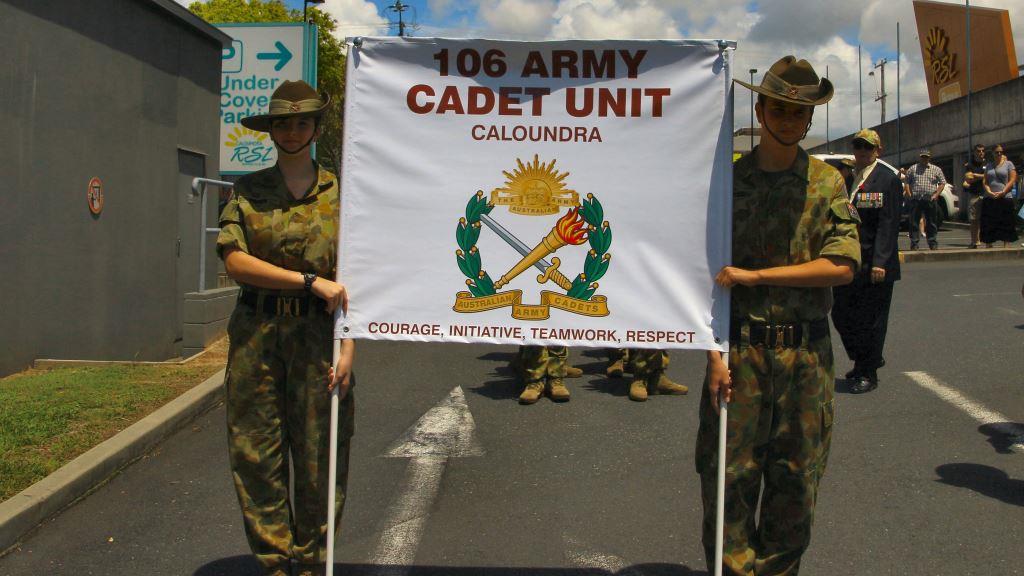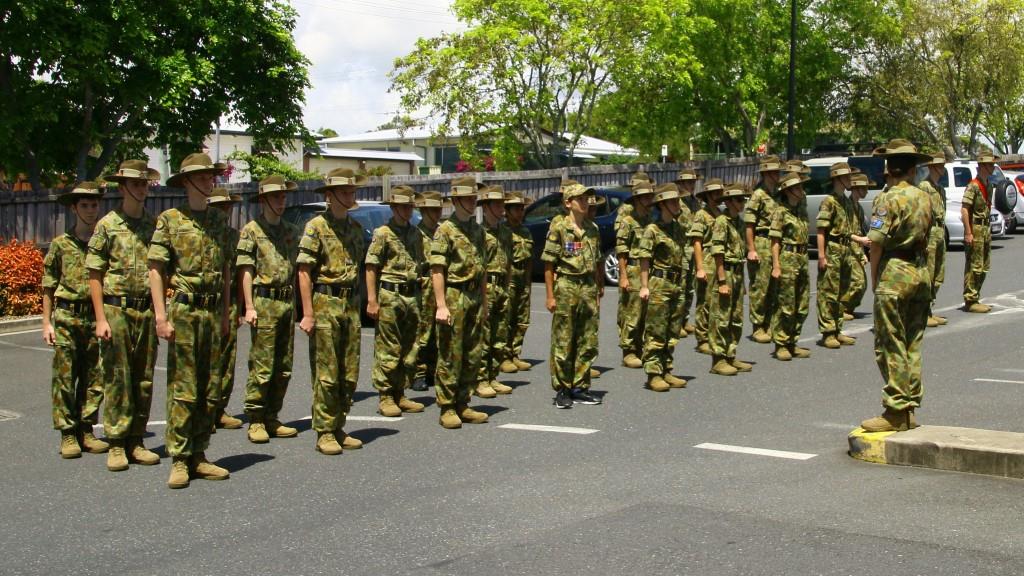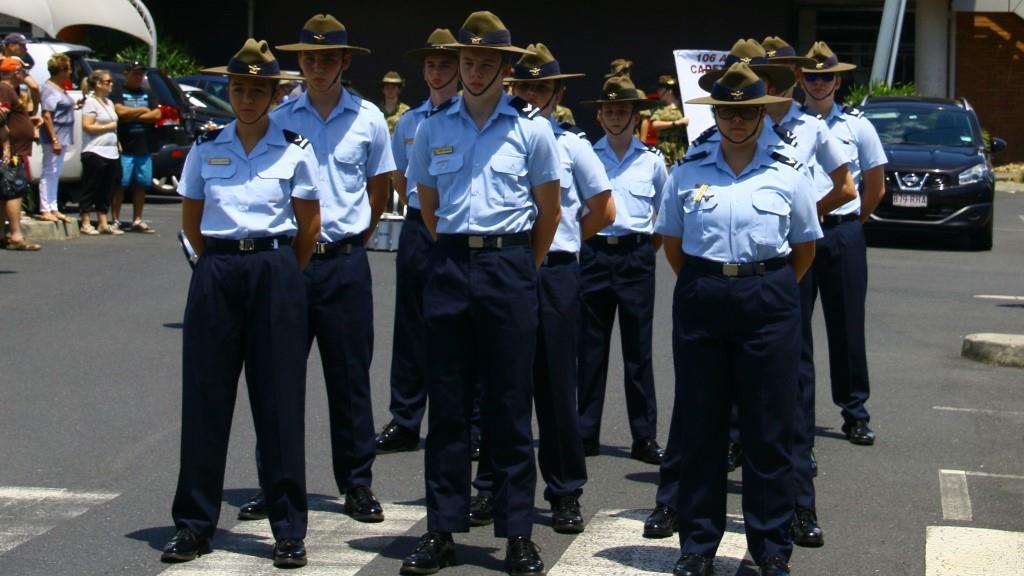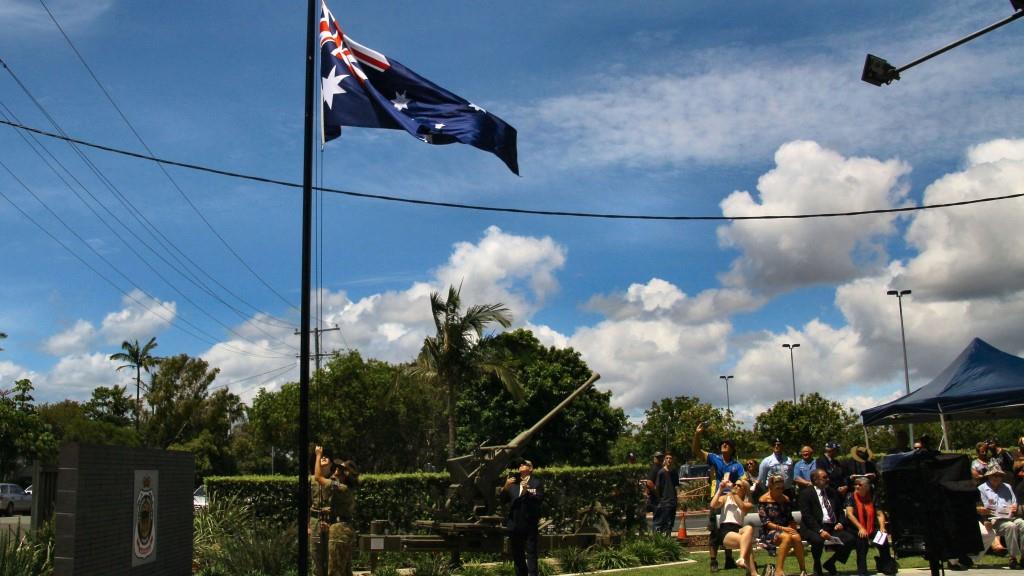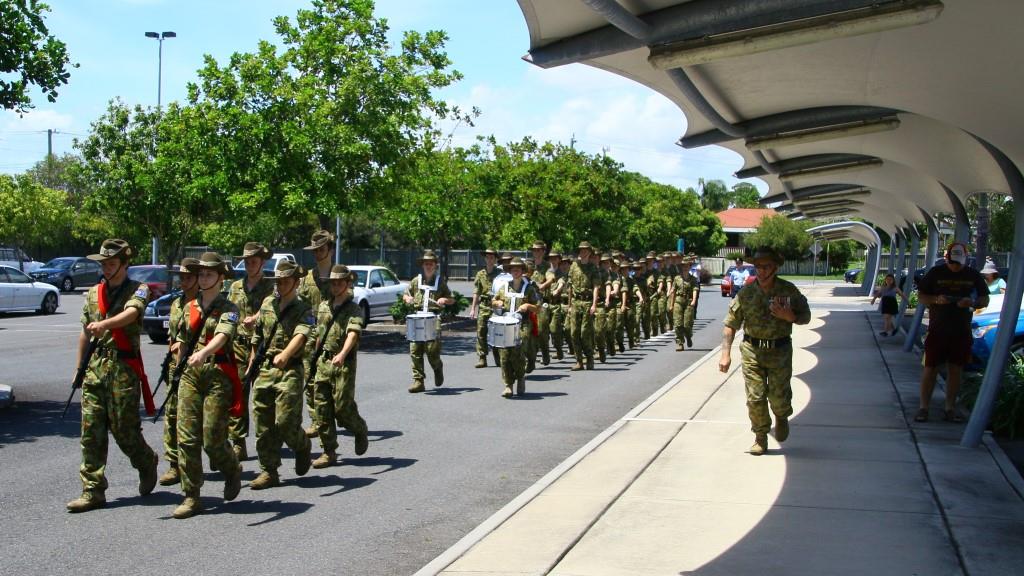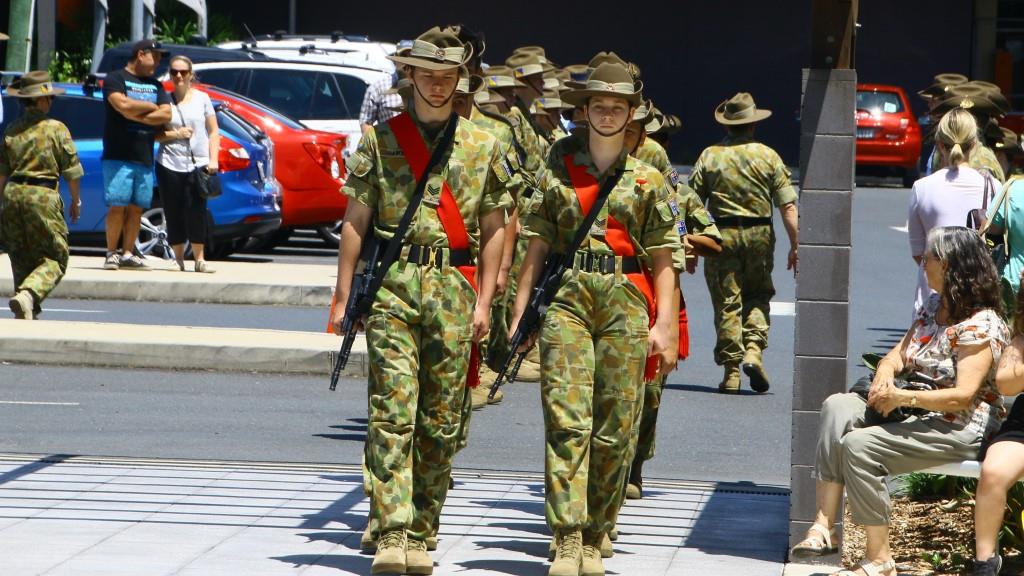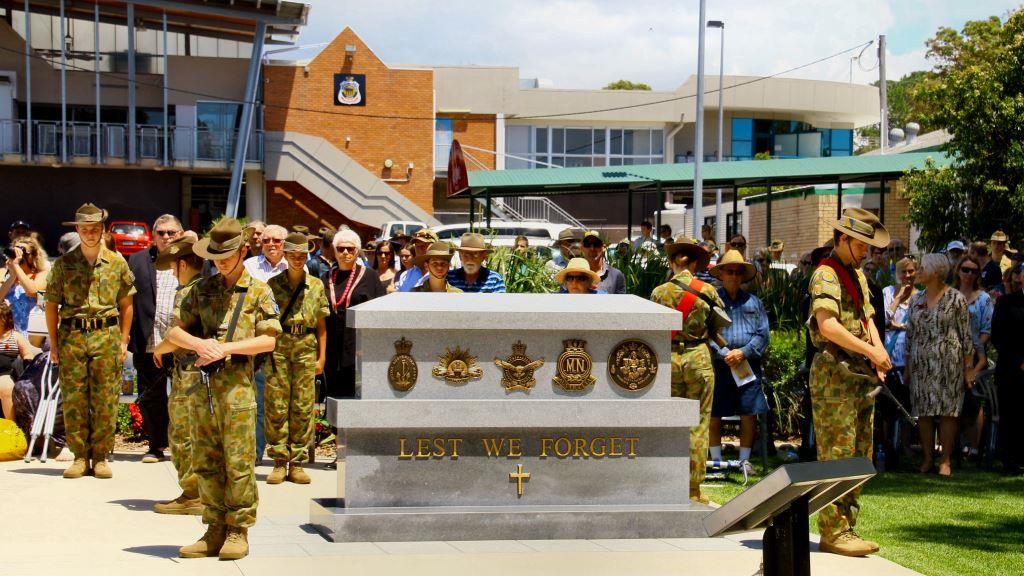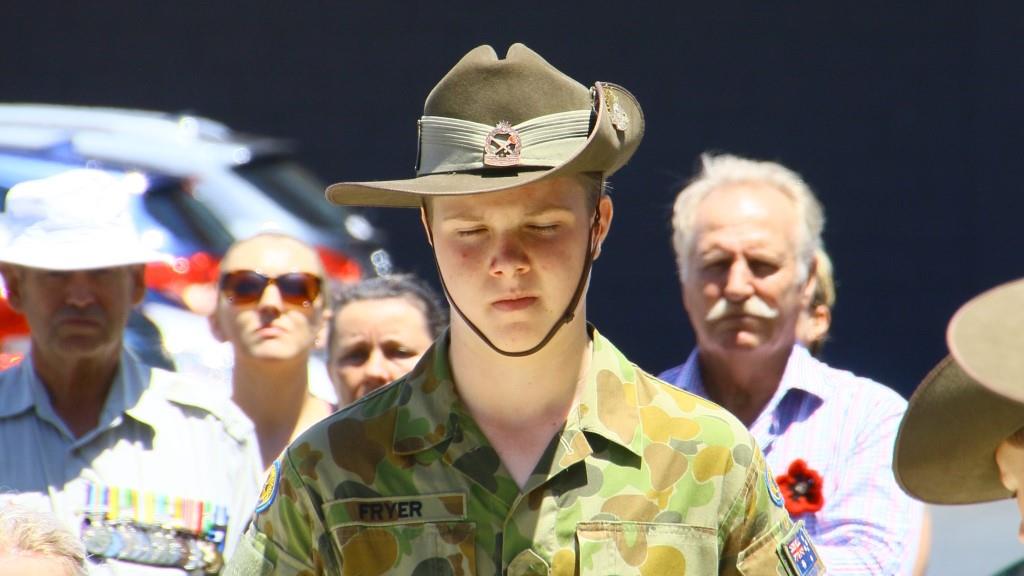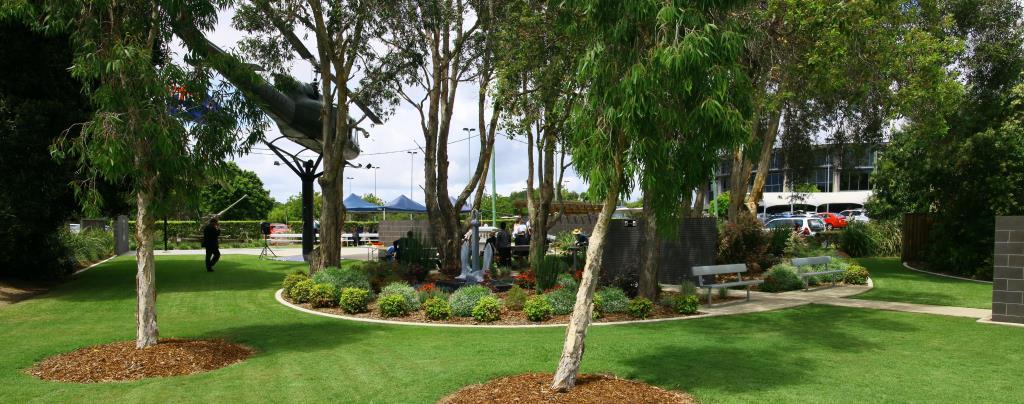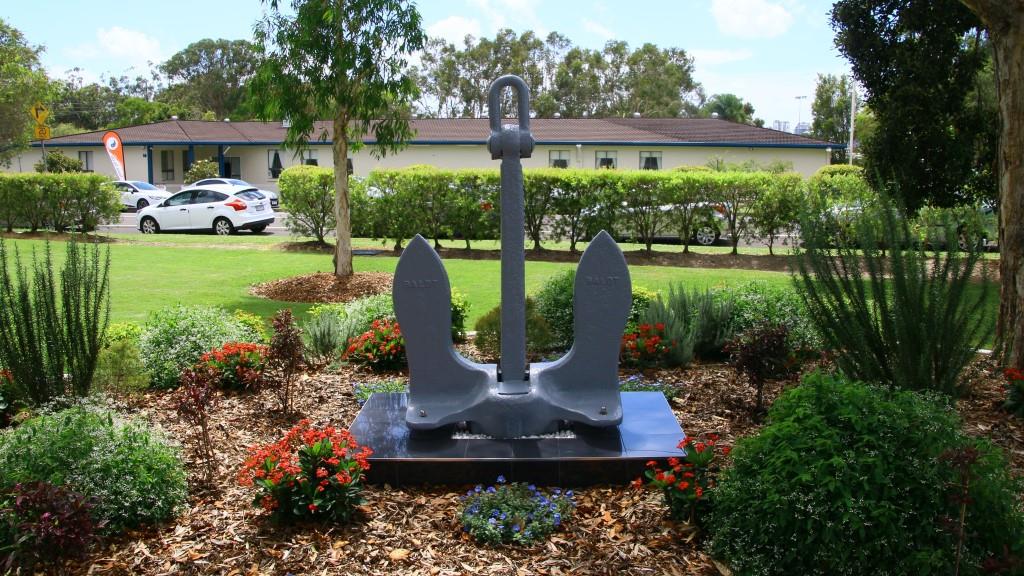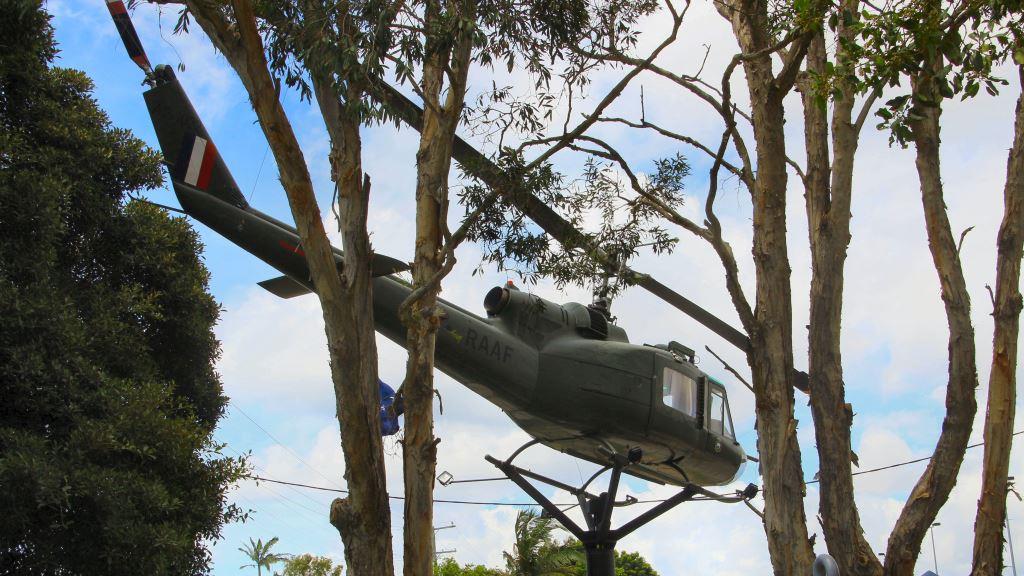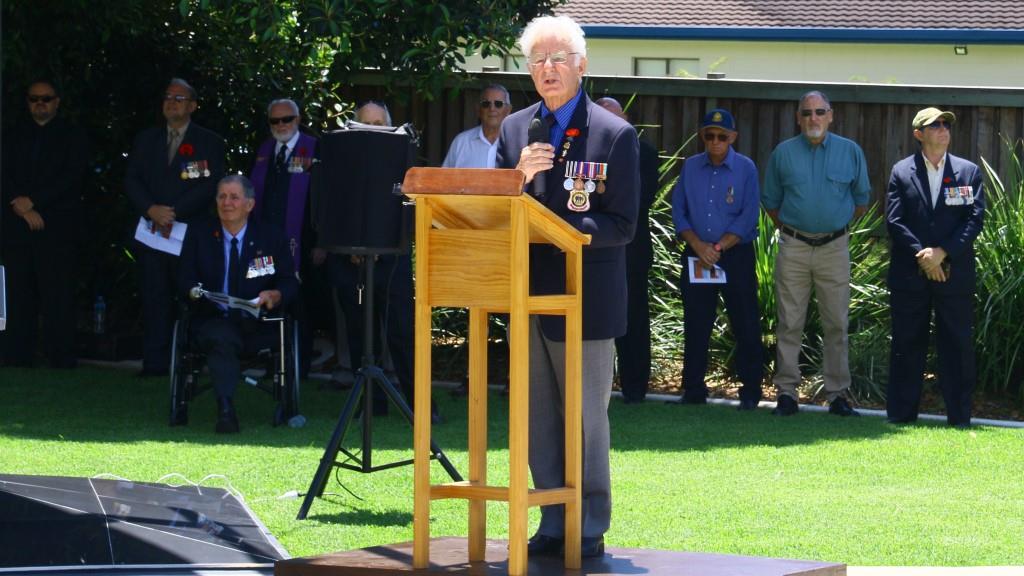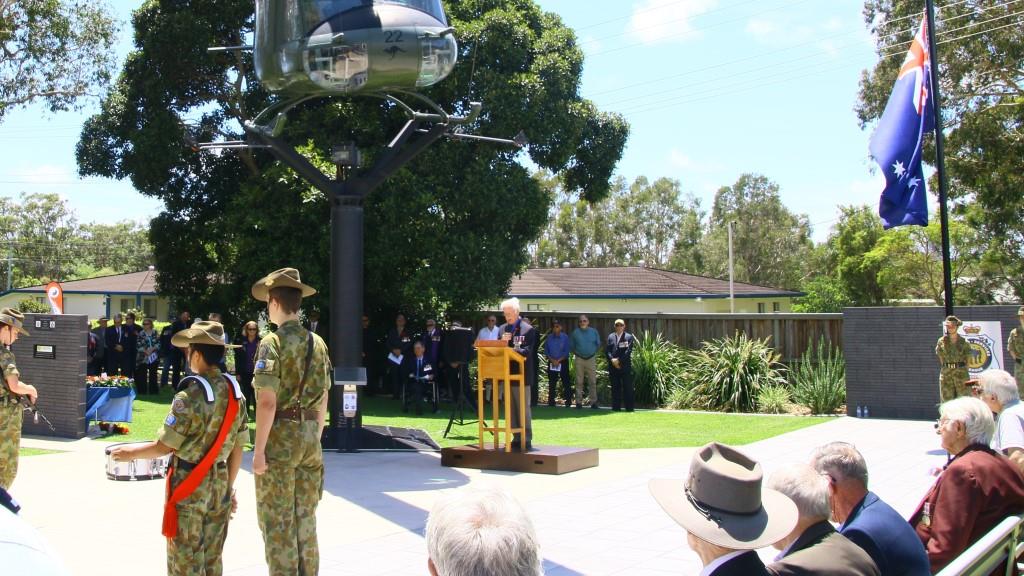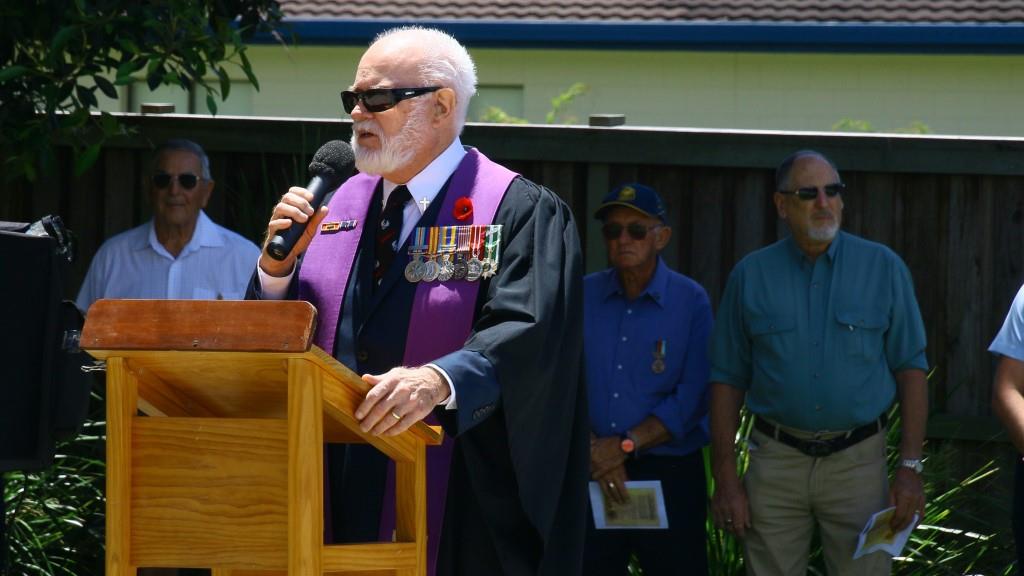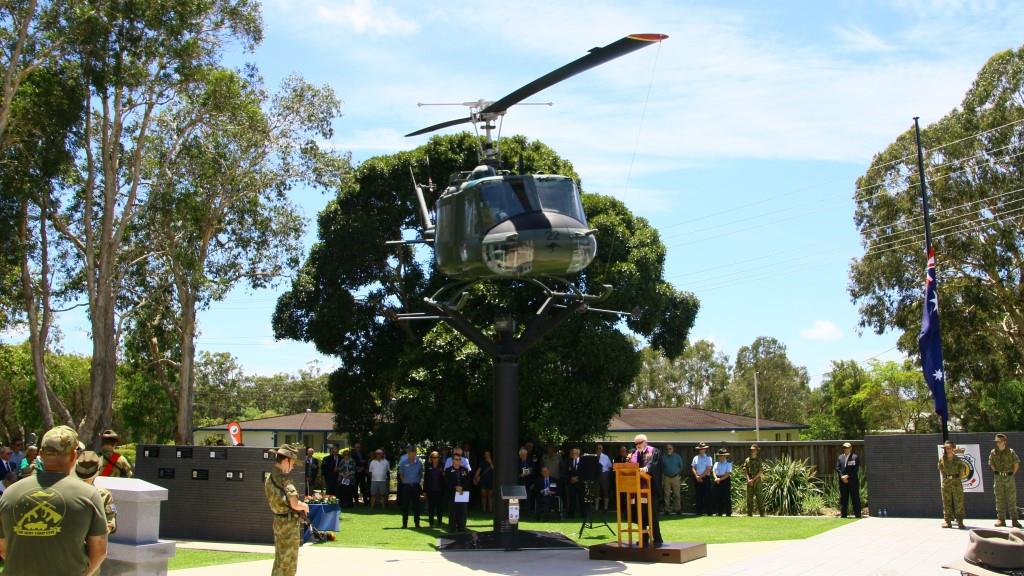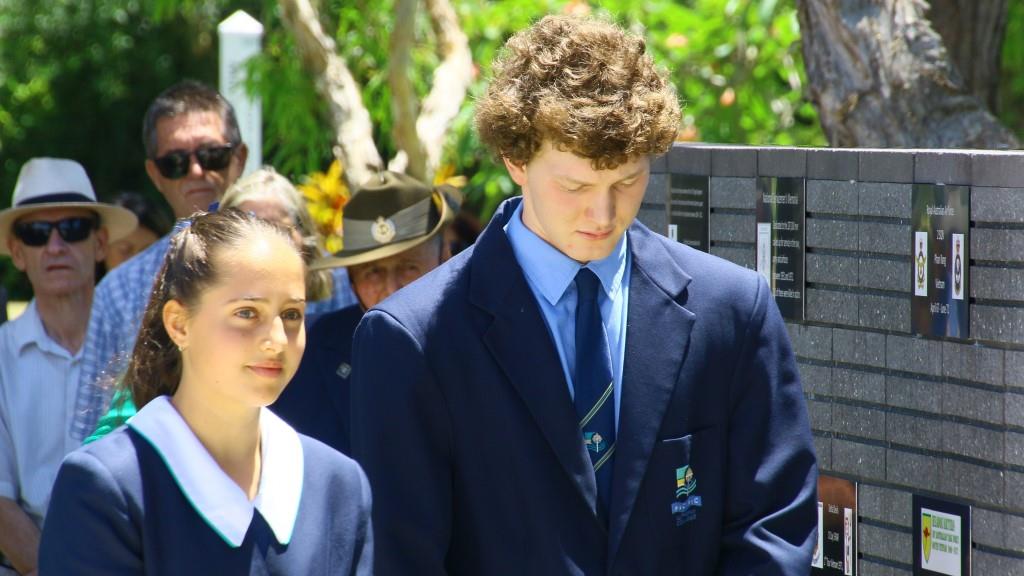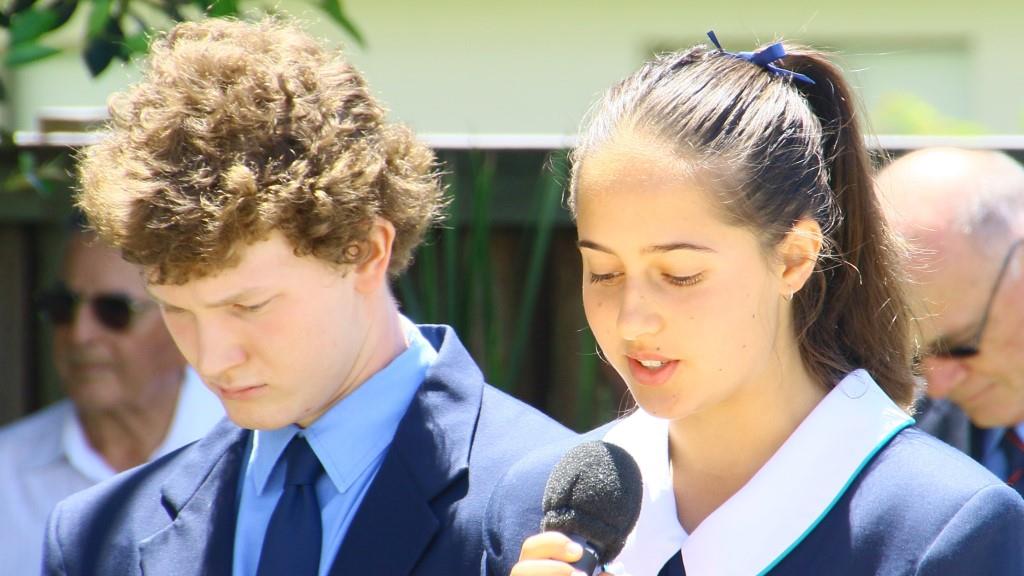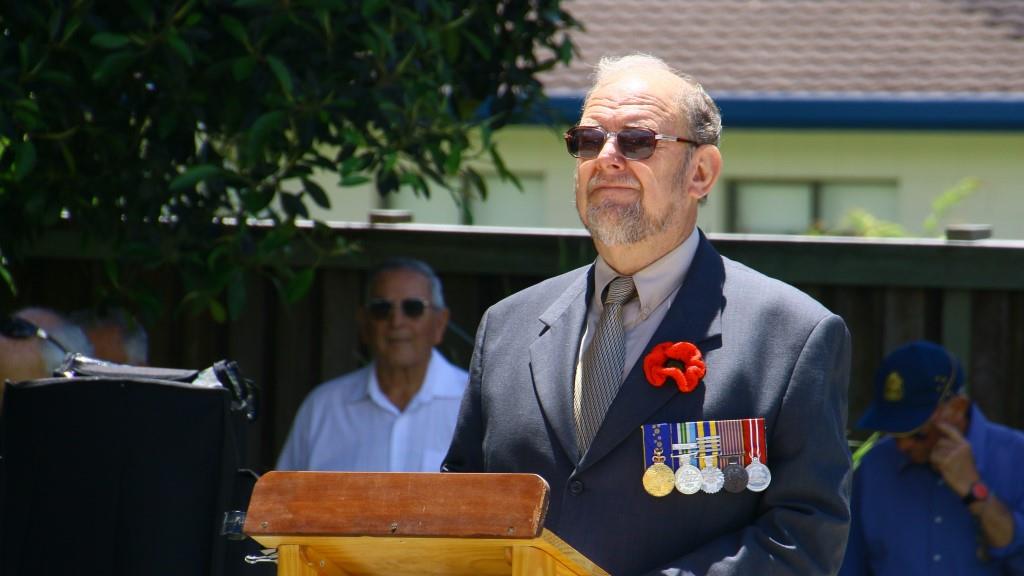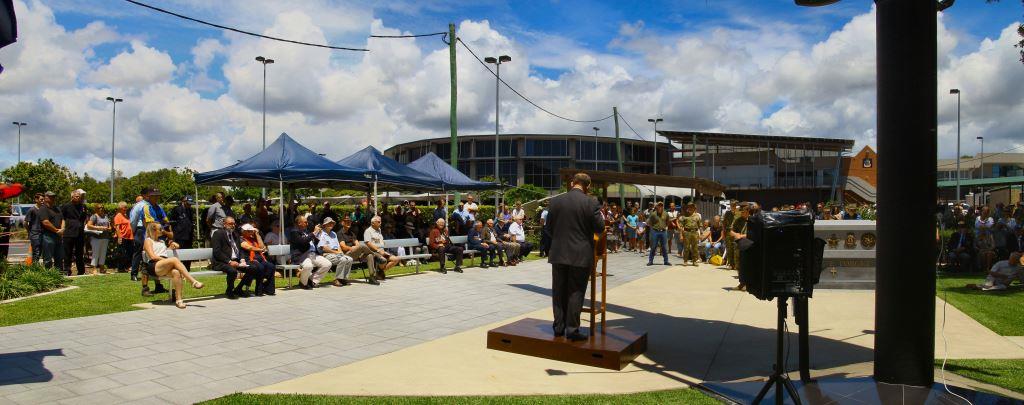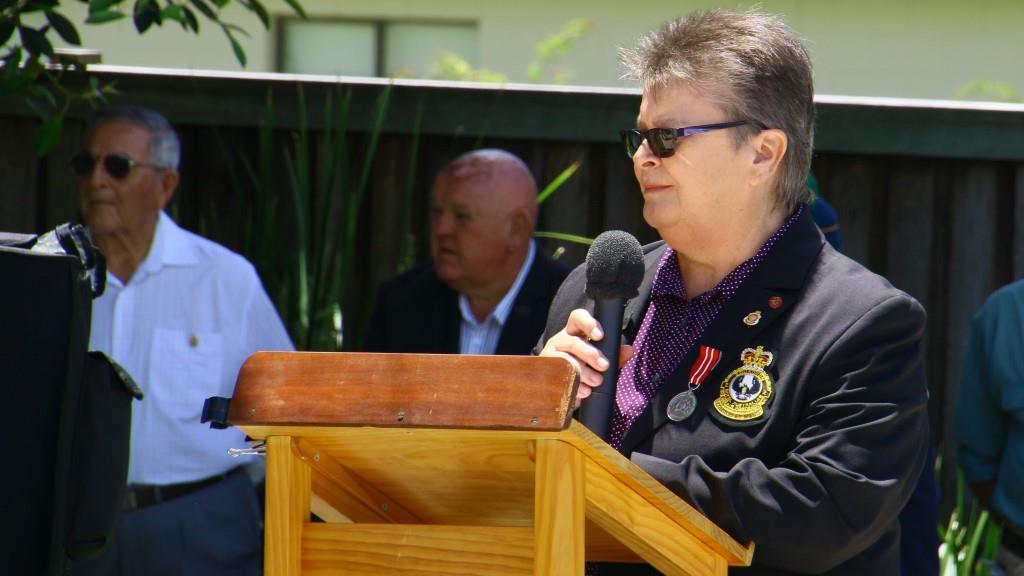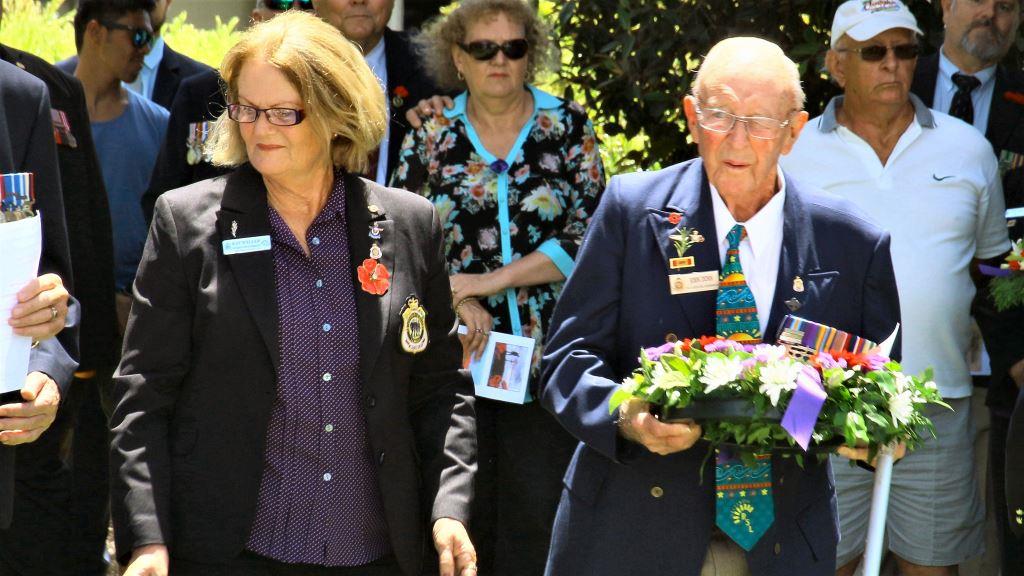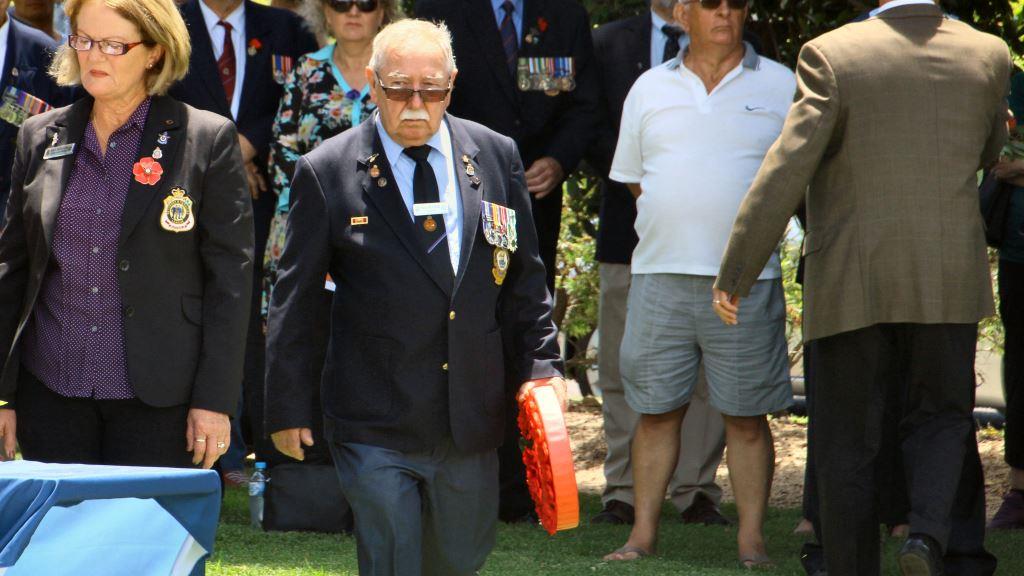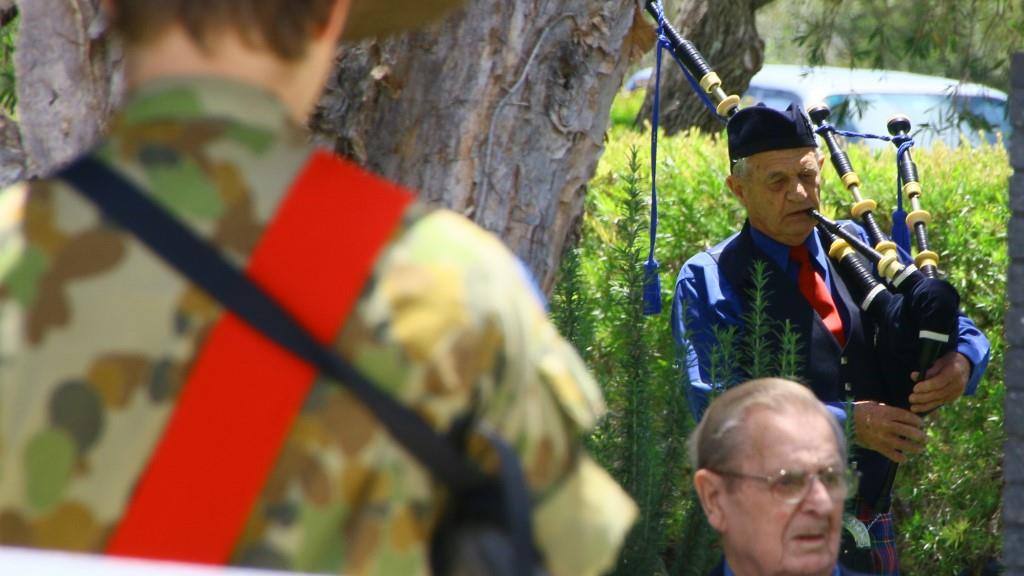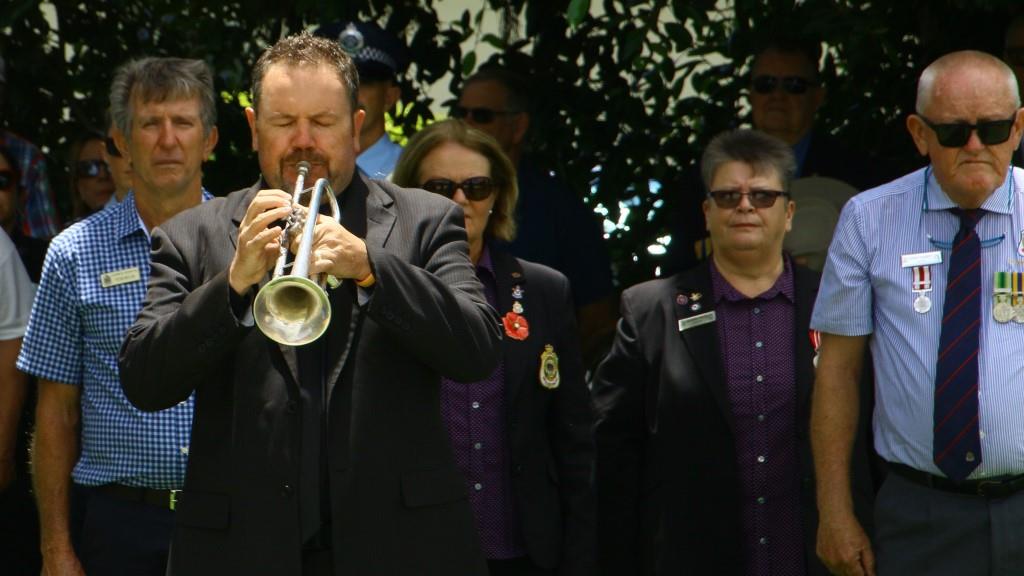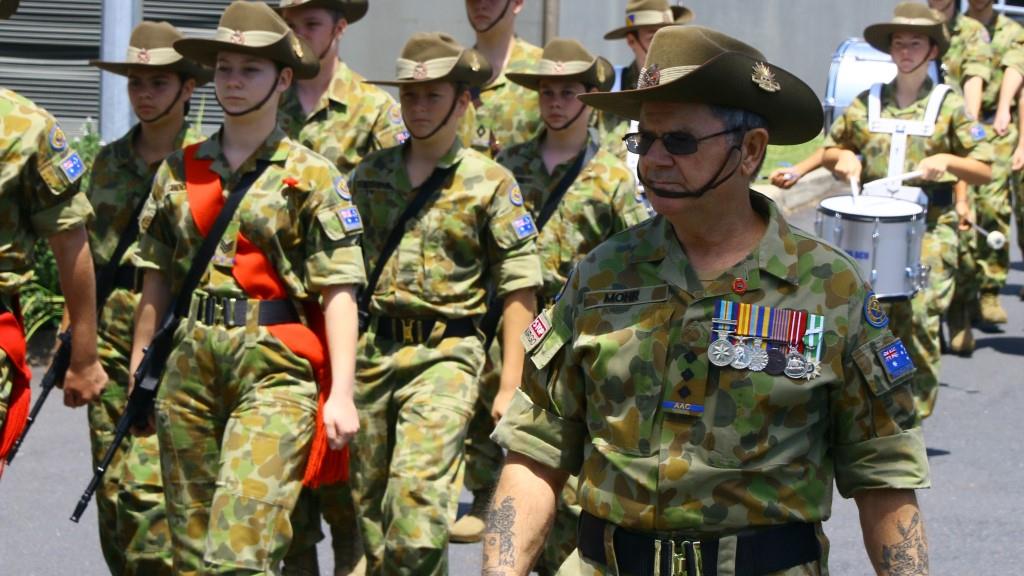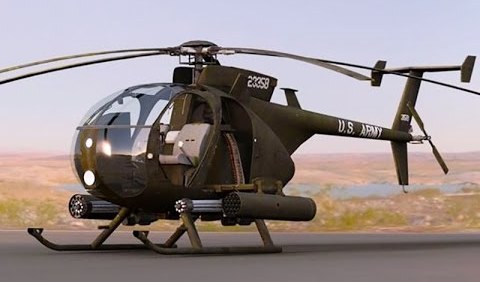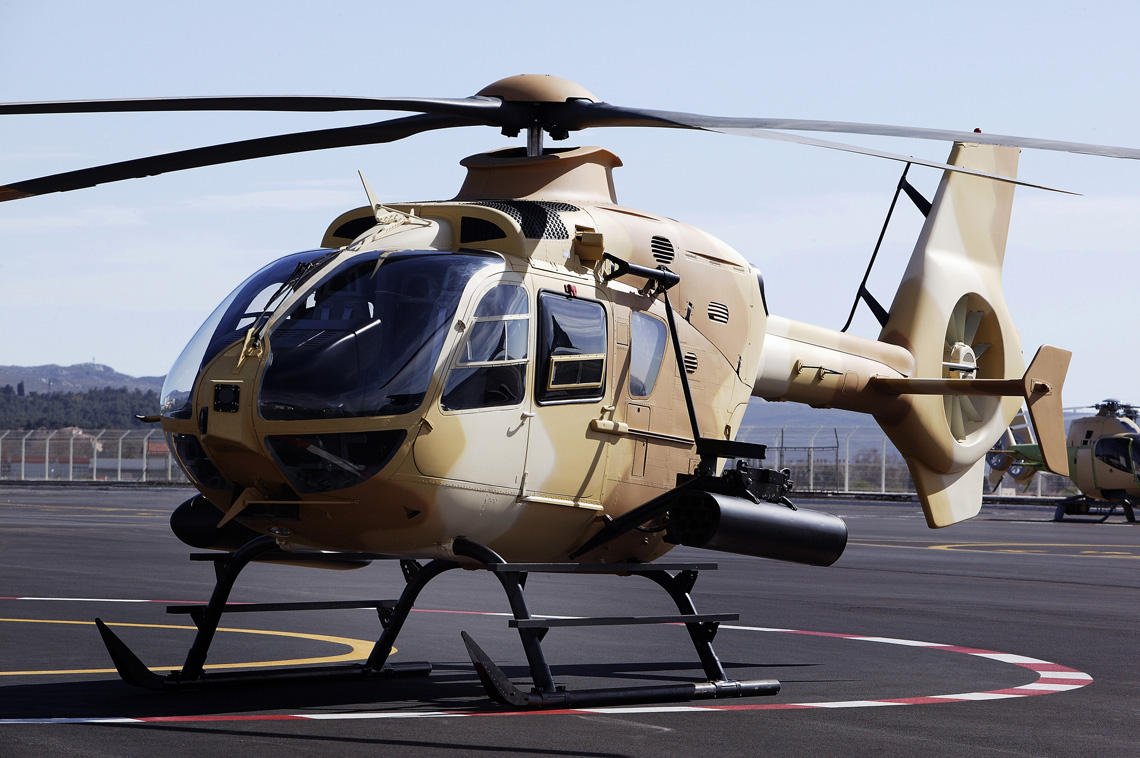|
|
||
|
||
|
Privacy Policy | Editorial Policy | Profit Policy | Join the Association | List of Members | Contact us | Index | Links |
||
|
Back Go to page: 1 2 3 4 5 6 7 8 9 10 11 12 13 14 15 16 17 18 19 20 Forward
|
||
|
|
||
|
Remembrance Day.
After four years of bloodshed and bombardment, peace descended eerily on Europe’s Western Front at 11am on November 11, 1918. It was the moment the armistice came into effect – an agreement among Germany and the Allied Powers of France, Great Britain and the USA to end the First World War. More than 10 million soldiers, sailors and airmen had lost their lives since the war began four years earlier. As a loyal bastion of the British Empire, more than 416,000 Australians volunteered to serve in the Australian and New Zealand Army Corps and Royal Australian Navy – including 57,000 Queenslanders. |
||
|
|
||
|
Outdoor group portrait of D Company, 53rd Battalion on Armistice Day. image Source: Australian War Memorial . |
||
|
But more than 61,000 of Australia’s volunteers never returned, laying down their lives on foreign fields as far flung as Palestine and Pozieres in a war defined by bloody and brutal trench warfare. Across the world, the warring nations were left numb with grief as the guns fell silent.
The first Remembrance Day service took place at the Cenotaph memorial in London on the first anniversary of the war’s end and it was called Armistice Day. The commemoration was instigated by King George V and soon spread across the British Empire, as well as France and the USA. But it was Australian Edward Honey, a journalist who had fought with the British Army before being medically discharged, who first suggested the custom of holding a minute’s or two minutes’ silence at 11am. He had been angered by seeing people joyously celebrating the armistice in London in 1918 and argued a ‘bitter-sweet silence’ would be a more fitting tribute to the dead.
In Australia, Anzac Day had already been established in 1916 to honour the Australians who had died at Gallipoli and other campaigns. After the Second World War, the name Armistice Day was changed to Remembrance Day as it was decided the day should honour all Australia’s fallen, not only those from the First World War.
Queen Street, Brisbane at 1:45 pm on 12 November, 1918, with people celebrating the end of World War One Image Source: State Library of Queensland.
The other custom most associated with Remembrance Day is the wearing of red poppies.
Poppies were often the only sign of life across the blasted battlefields of the Western Front and in 1915 they inspired Canadian doctor Lt Col John McCrae to write the poem In Flanders Fields. It begins with the lines:
“In Flanders' fields the poppies glow Between the crosses, row on row.”
Click HERE to read the full poem.
A century later, those little red flowers remain a powerful symbol of lives lost through service to our country. In the lead up to Remembrance Day each year, the RSL Poppy Appeal sees millions of Australians pin colourful replicas of the flowers on their chests in honour of the brave and fallen. All funds raised through the Poppy Appeal go towards supporting current and former ADF personnel and their families through emergency housing, counselling, financial advocacy and more.
Each year, RSL Queensland hosts dozens of services and commemorations in cities, towns and rural areas across the state, the largest of which is held at Anzac Square in Brisbane. A minute’s silence is observed at 11am on November 11 every year to remember those who served for the freedoms we enjoy today.
The Caloundra RSL held their Remembrance Day Ceremony under the Vietnam War Iroquois Helicopter that had been dedicated in the Sub-Branch’s magnificent Memorial Gardens on the 16th March 2012 (see HERE).
The day began at about 10.00am with the Cadets of 106 Army Cadet Unit forming up and marching from near the main entrance of the Club Premises down to the dedication area.
(Click the pics below for the HD copy) |
||
|
The RAAF had a presence at the ceremony too. |
||
|
|
||
|
The flag was lowered to half mast.
|
||
|
Accompanied by three drummers, and led by their CO, Captain Tony Mohr, the Cadets marched through the car-parks and then formed an honour guard for the advancement of the Catafalque Party (below). |
||
|
The Catafalque Party formed up around the Cenotaph. |
||
|
|
||
|
Cadet Fryer, part of the Catafalque party.
|
||
|
The Magnificent Memorial Gardens.
|
||
|
|
||
|
|
||
|
Pat Horgan, the Sub-Branch President, welcomed everyone to the ceremony. |
||
|
|
||
|
|
||
|
Reverend Arthur Fry, an old Ballaratter from 27 RMC, led everyone in prayer in remembering those who have given all when serving our country.
|
||
|
Two lovely young students from the Sunshine Coast’s Pacific Lutheran College, Olivia Papallo and Ethan Hall, recited the poem, “In Flanders Field.”
|
||
|
|
||
|
Air Commodore (Retired) Garry Bates address those present, reminding everyone of the significance of Remembrance Day and the sacrifice given and lives lost in the far too numerous conflicts. Over the years, more than 1.5 million Australians have served in defence of our nation and our values and more than 102,000 have died.
|
||
|
|
||
|
I envy paranoids... They actually feel that people are paying attention to them.
|
||
|
Heather Christie, the Secretary of the Caloundra Sub Branch, called on those intending to lay a wreath at the Cenotaph to so do. Some of those were:
|
||
|
On behalf of 9 Squadron - John Dunn, Elec Fitter with 9Sqn from Apr 66 to Jun 67.
|
||
|
On behalf of the Sunshine Coast chapter of the Vietnam Vets Association - Lloyd “Billy” Bunter, Radtech with 9 Sqn from April 1968 to Apr 1969.
|
||
|
Peter Keddie provided solemn background music on his pipes during the wreath laying ceremony.
|
||
|
A customer was really hassling an airline agent at the ticket counter -- yelling and using foul language. The agent was polite, pleasant and smiled while the customer continued to abuse her. When the man finally left, the next person in line said to the agent, "Does that happen often? I can't believe how nice you were to him." The agent smiled and said, "No problem, I took care of it. He's going to Sydney. But his bags are going to Berlin."
|
||
|
After the ceremony, Brendan Hucknell played a moving rendition of the Last Post after which everyone stood for 1 minute’s silence.
|
||
|
With that, the Ceremony closed, Captain Tony Mohr marched off his troops and secretary Heather Christie invited everyone to the Club rooms for morning tea.
|
||
|
The Canadian Government recently issued a travel warning. They suggested that anyone travelling in the current icy conditions should make sure they have the following:
shovel, blankets or sleeping bag, extra clothing including hat and gloves, 24 hours’ worth of food, de-icer rock salt, flashlight with spare batteries, road flares or reflective triangles, empty fuel can, first aid kit and booster cables.
Boy did I get some stares on the bus this morning!
|
||
|
The Army’s Tiger fleet still grounded after 9 weeks.
Contact 10/10/2017
The Australian Army’s fleet of 22 armed reconnaissance Tiger helicopters is still grounded more than nine weeks after Airbus Helicopters put out a safety bulletin saying they had no idea why a German helicopter crashed in Africa, killing its two crew.
A Defence spokesman confirmed on the 20th October 2017 that it was awaiting further advice before allowing the aircraft to fly again. The German accident investigation is ongoing and the Australian Defence Force has continued to suspend flight operations of the ARH Tiger fleet until the outcomes of the investigation are known. The safety of every Tiger helicopter around the world was put under a cloud following a fatal crash in Africa on July 26.
|
||
|
|
||
|
One of four German-army Tiger helicopters deployed on a peacekeeping mission in Mali crashed after its main rotor blades fell off while flying at around 2000 feet, killing both pilots. After preliminary investigations, Tiger manufacture Airbus Helicopters put out a safety bulletin on 11 August basically saying that they had not yet identified a part or a reason for the blades to separate from the aircraft and could not say whether it was a design or manufacturing fault or a maintenance error that caused the crash.
While the Airbus statement did not specifically ‘ground’ all Tiger helicopters, operators were left in a position where, when the manufacturer couldn’t guarantee the safety of the equipment, they had little other choice – and the ADF officially grounded its fleet on 14 August.
A Defence spokesman said “Defence decided to cease flying operations of the Australian Tiger fleet until further information becomes available”. Nine weeks later, it seems no further information has become available and the Australian Army’s fleet remains grounded.
The Australian Army operates 22 of the two-seat aircraft that cost $1.8 billion which have been subject to an array of problems. Originally earmarked to reach final operational capability by 2009, the aircraft did not achieve the milestone until 2016, and only then with nine operational caveats which were issued in reference to deficiencies in the electronic warfare self-protection system, limitations with voice and data communications, missiles no longer being manufactured by the original maker and constraints on spare parts. Defence is planning to replace all the Tigers in the mid-2020s and speculation has mounted over whether a multi-million-dollar midlife upgrade will go ahead given some of the problems faced.
The Defence White Paper and its accompanying Integrated Investment Program foreshadows significant new investments in Army Aviation, ranging from the early retirement and replacement of the Tiger Armed Reconnaissance Helicopter (ARH) to the acquisition of a new armed light helicopter for Special Forces support and additional Chinook heavy-lift helicopters. The forecast early retirement of the Tiger ARH follows on-going issues with the European-developed helicopter’s sustainment and serviceability rates and issues connecting its Eurogrid datalink to other ADF assets and networks that have limited its operational utility. Finally, the Tiger has yet to operate off the Navy’s new LHD amphibious assault ships.
Possible replacements for the Tiger, include the US Army’s AH-6/MH-6 Little Bird series (above) or the Airbus Helicopters H135M (below) which would also bring commonality benefits with the H135s currently being acquired for Defence helicopter pilot training.
|
||
|
|
||
|
The Little Bird aircraft first flew in 1963 and was known as the “Busy Bee” during the Vietnam War.
At the other end of the rotorcraft scale the Integrated Investment Program confirmed the acquisition of three additional CH-47F Chinooks, a decision pre-empted by a US Défense Security Cooperation Agency announcement late last year.
What is news is the Integrated Investment Program’s foreshadowing of the acquisition of “new aero-medical evacuation equipment for the additional Chinook helicopters in the decade to FY 2025-26”.
Finally, the MRH 90 troop lift helicopter will continue to be introduced into service, with Army operating 39 to 41 aircraft and Navy operating 6 to 8 aircraft. Current plans also include a requirement for role-specific upgrades to the MRH 90 troop lift helicopter to replace the S-70A Black Hawk in support of domestic counter-terrorism operations. |
||
|
|
||
|
|
||
|
|

